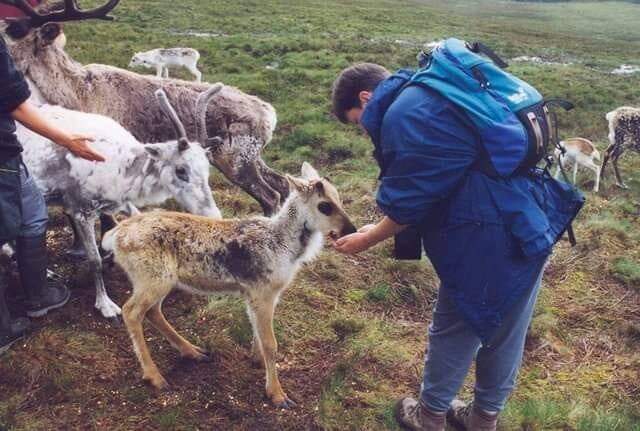
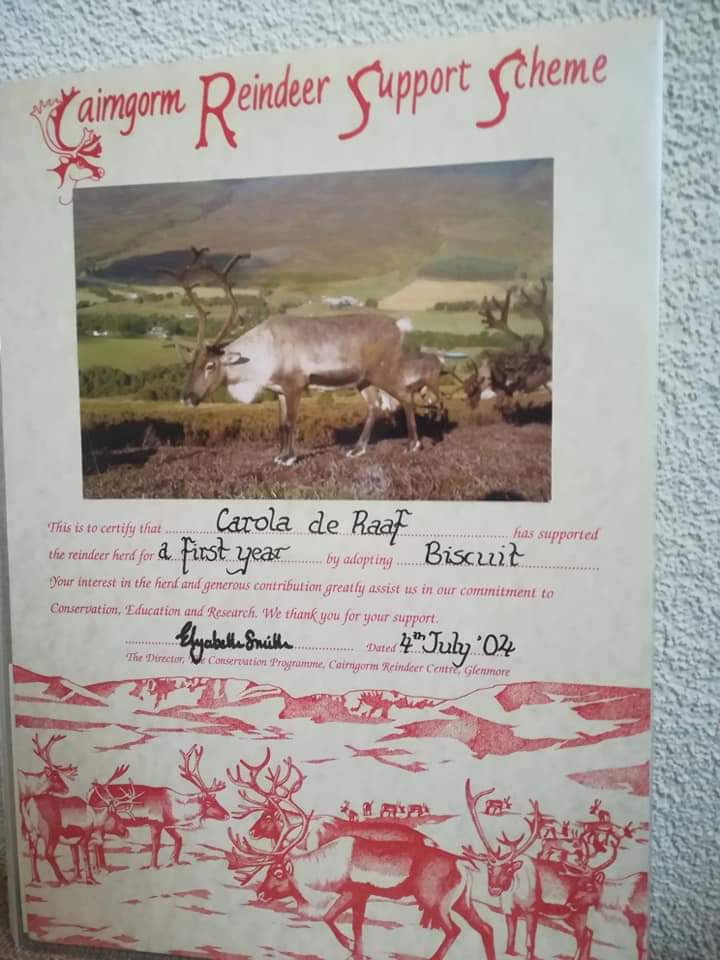
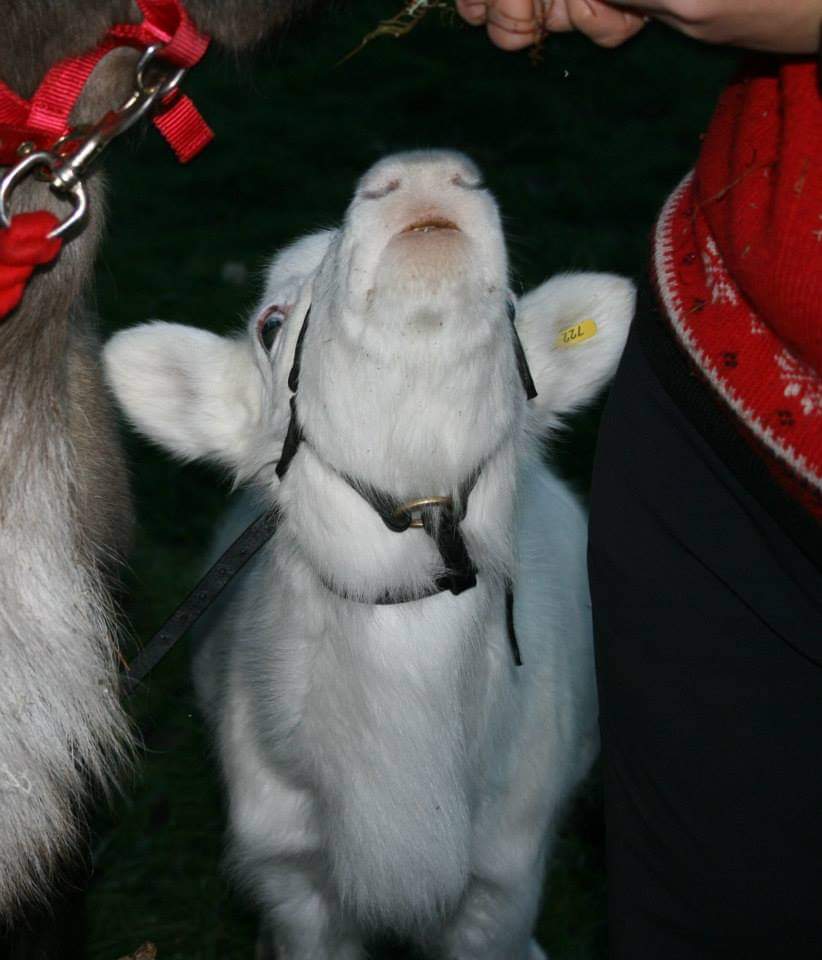
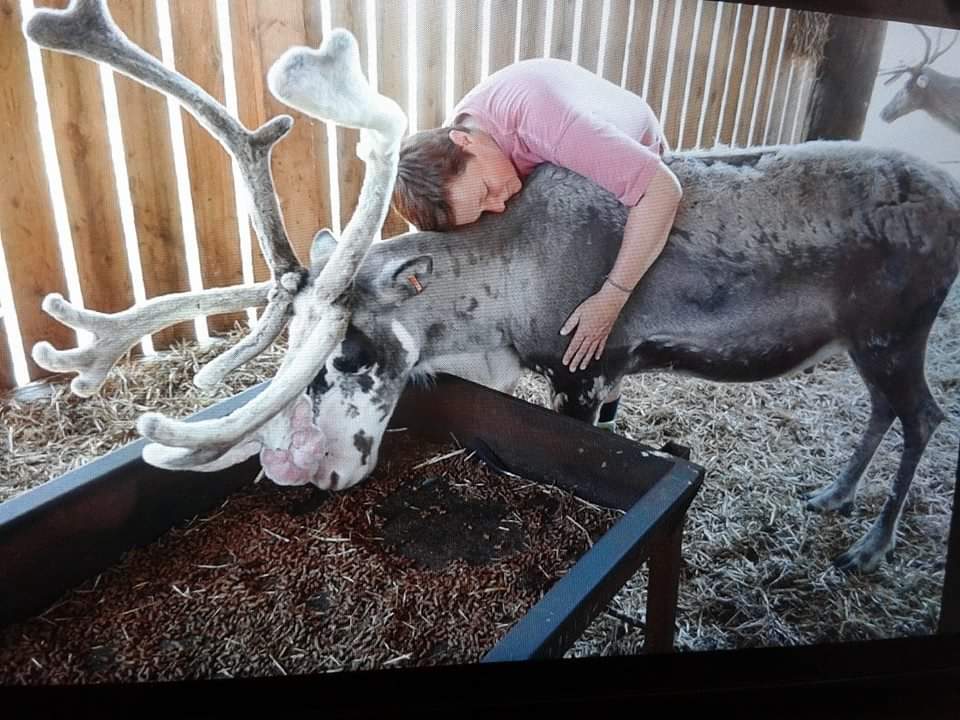
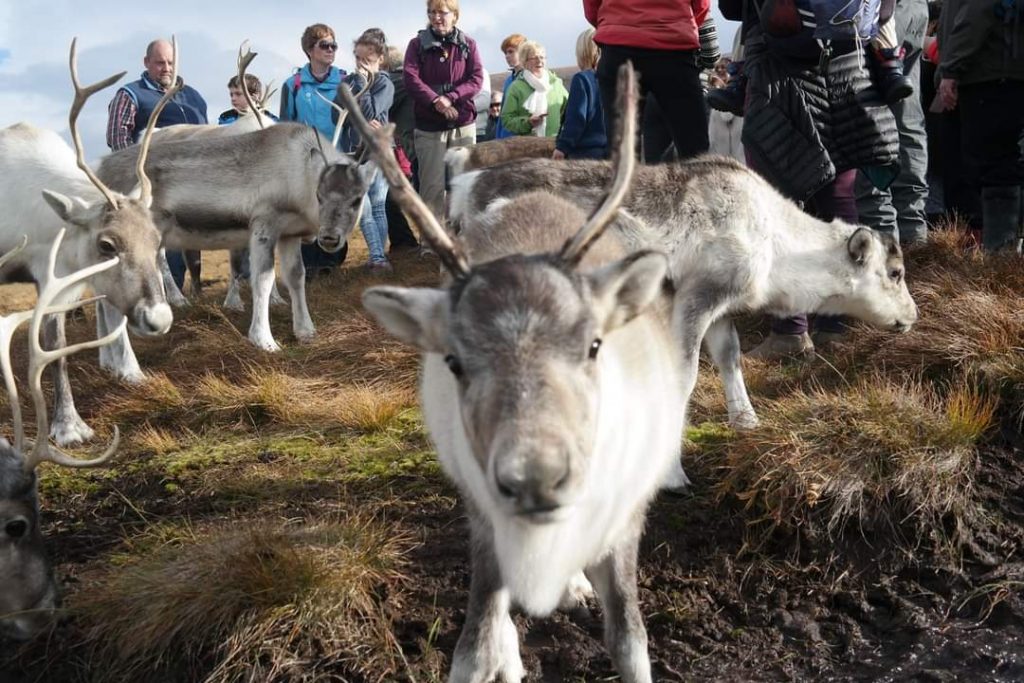
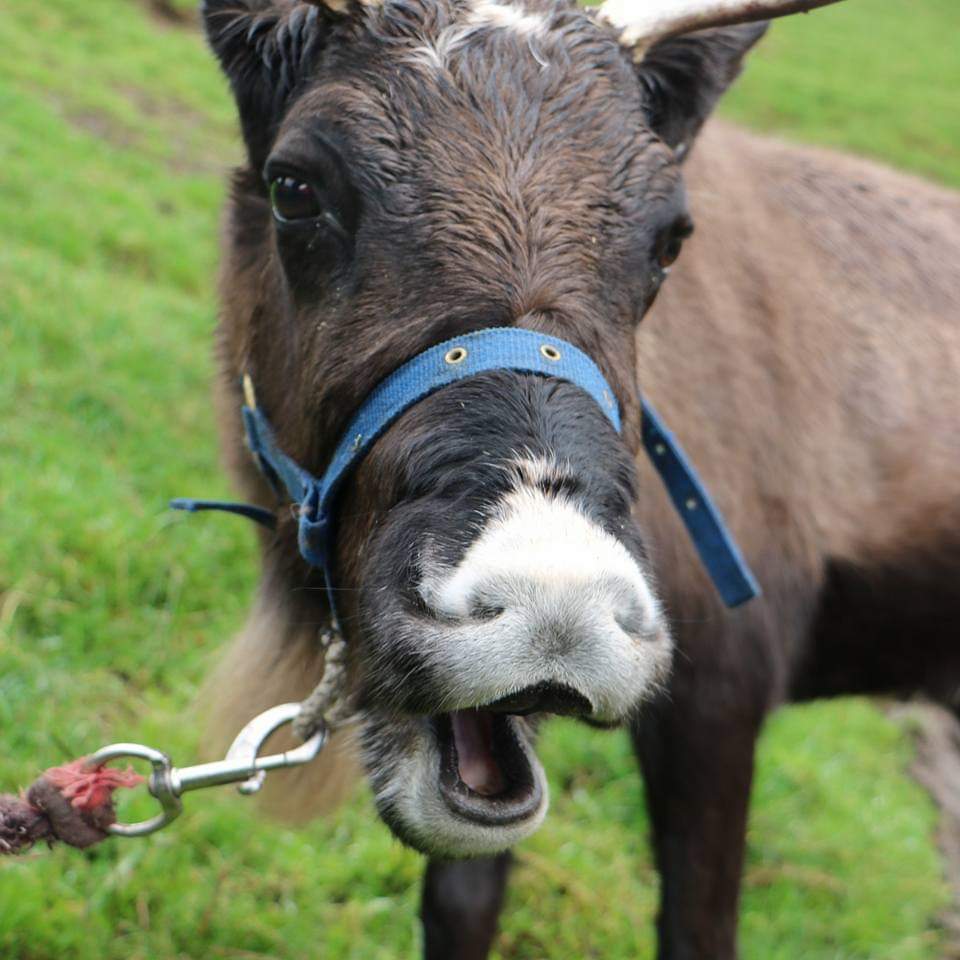
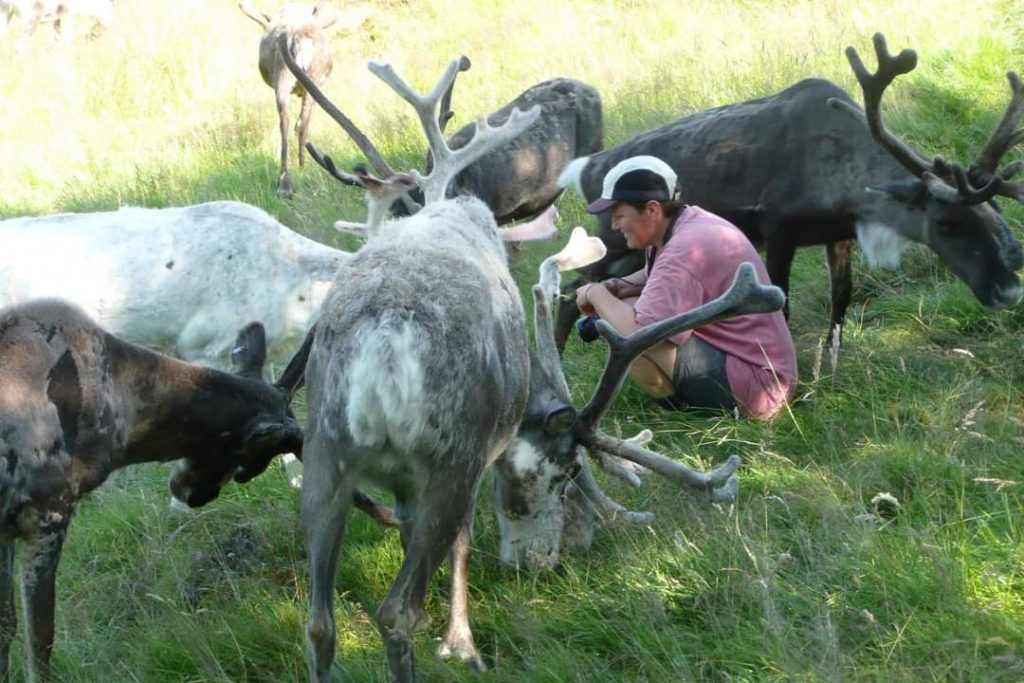
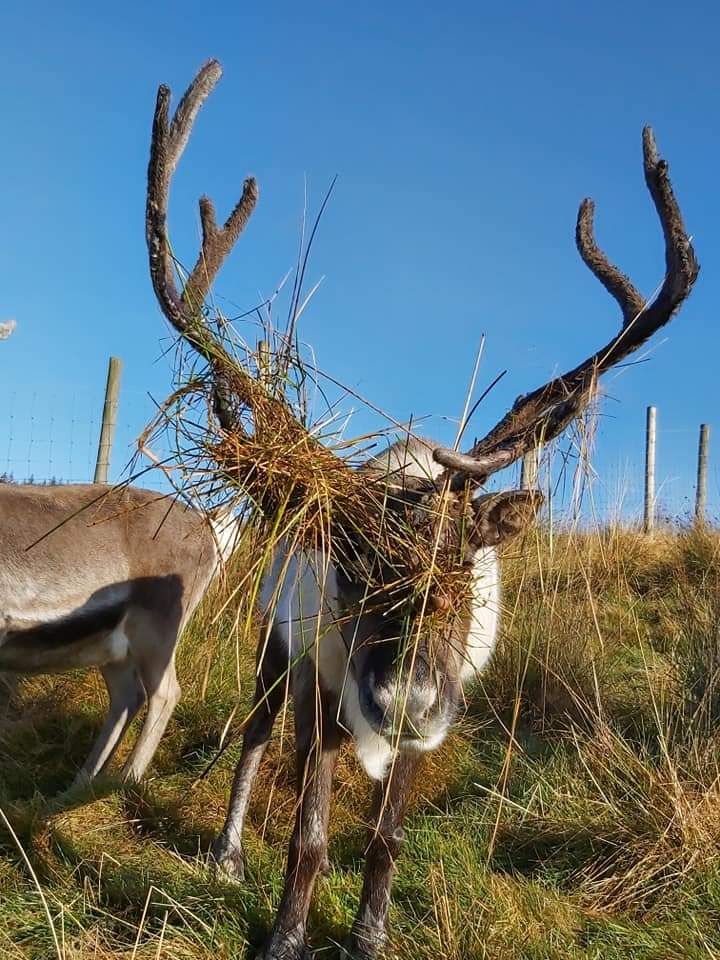
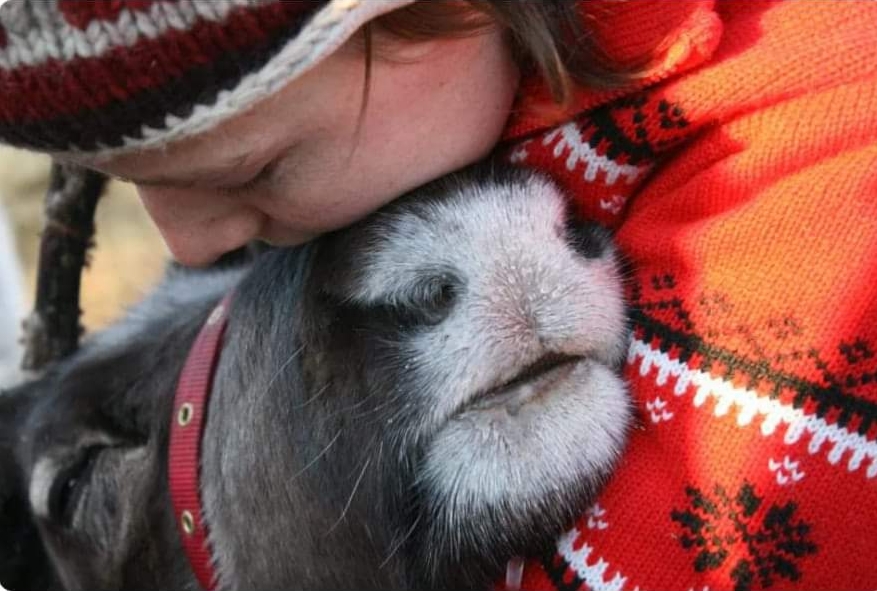
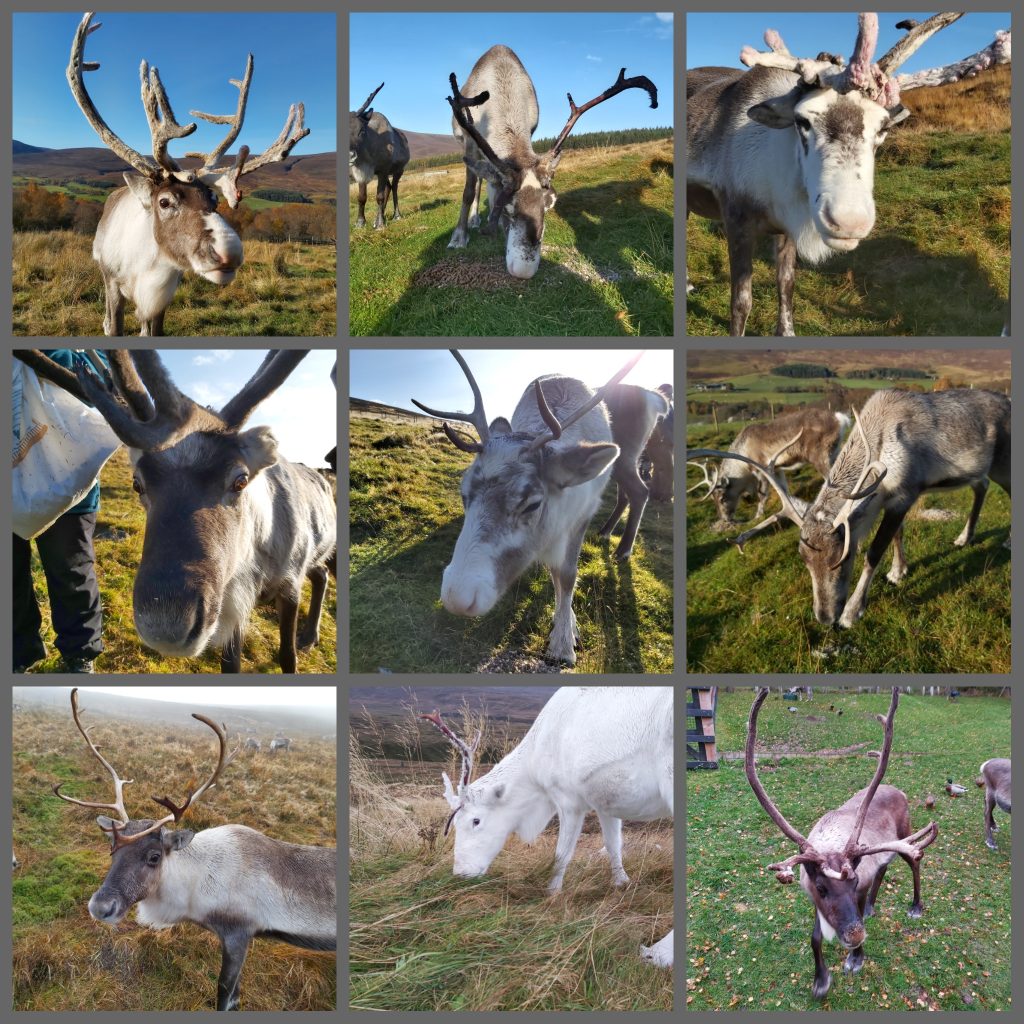

Roaming freely since 1952










Following on from my previous blog about reindeer coloration, I thought I’d highlight some of the funky face patterns in our herd today. White face markings are super helpful at aiding us in identification of the reindeer, as they don’t change much throughout the year (or their lives). Though they can be harder to make out when the reindeer are in their late winter coats, as they are less distinct.
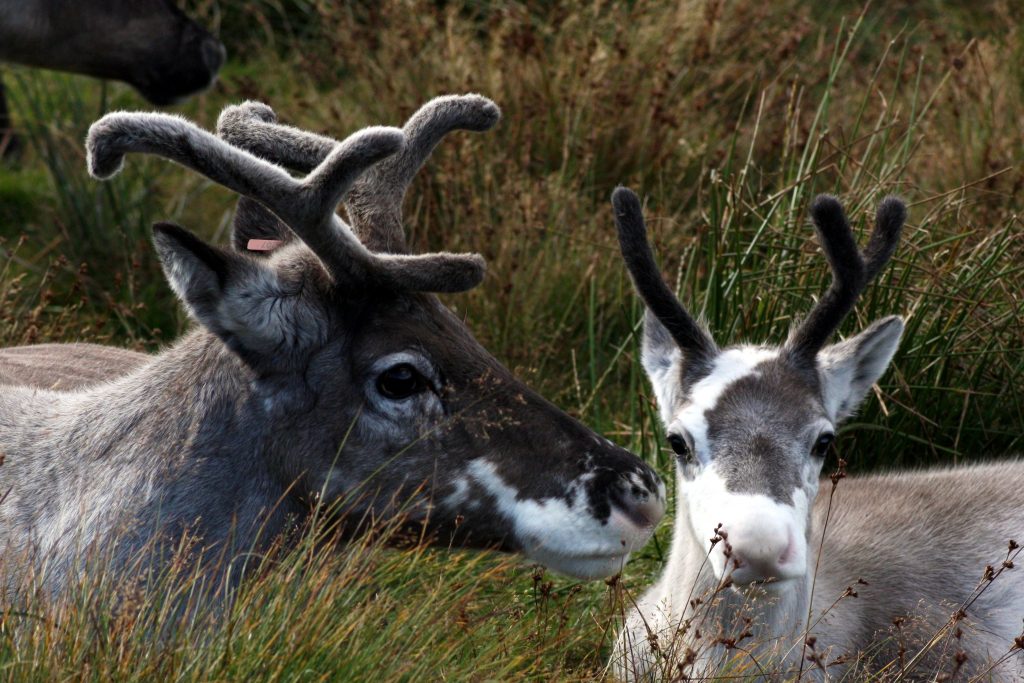
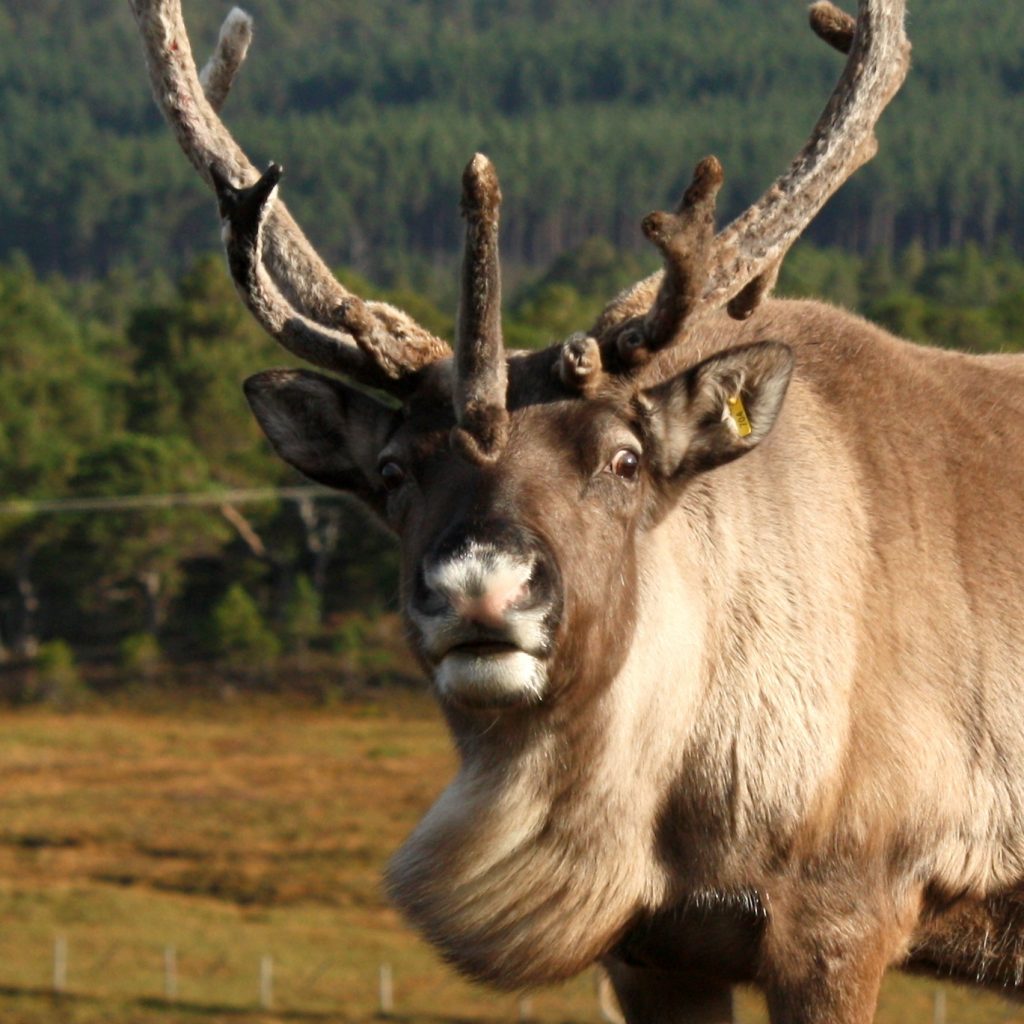
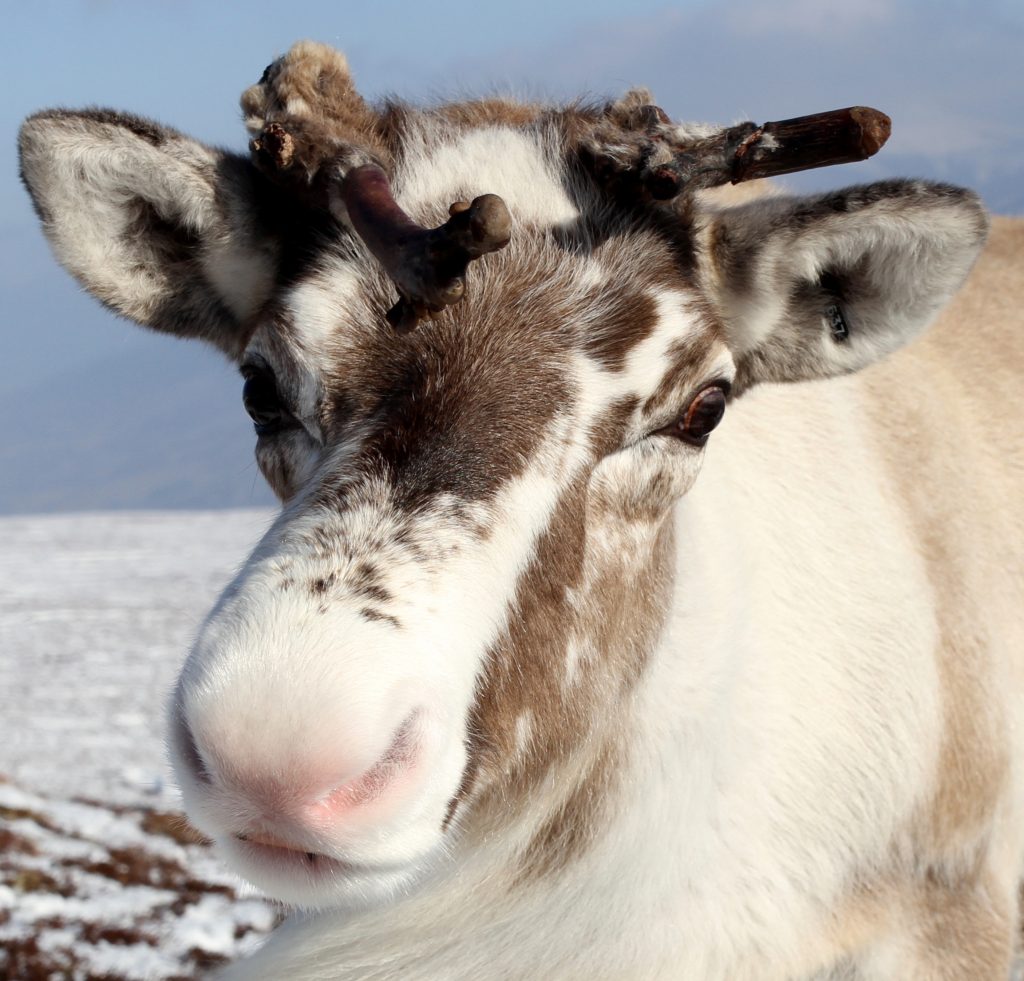
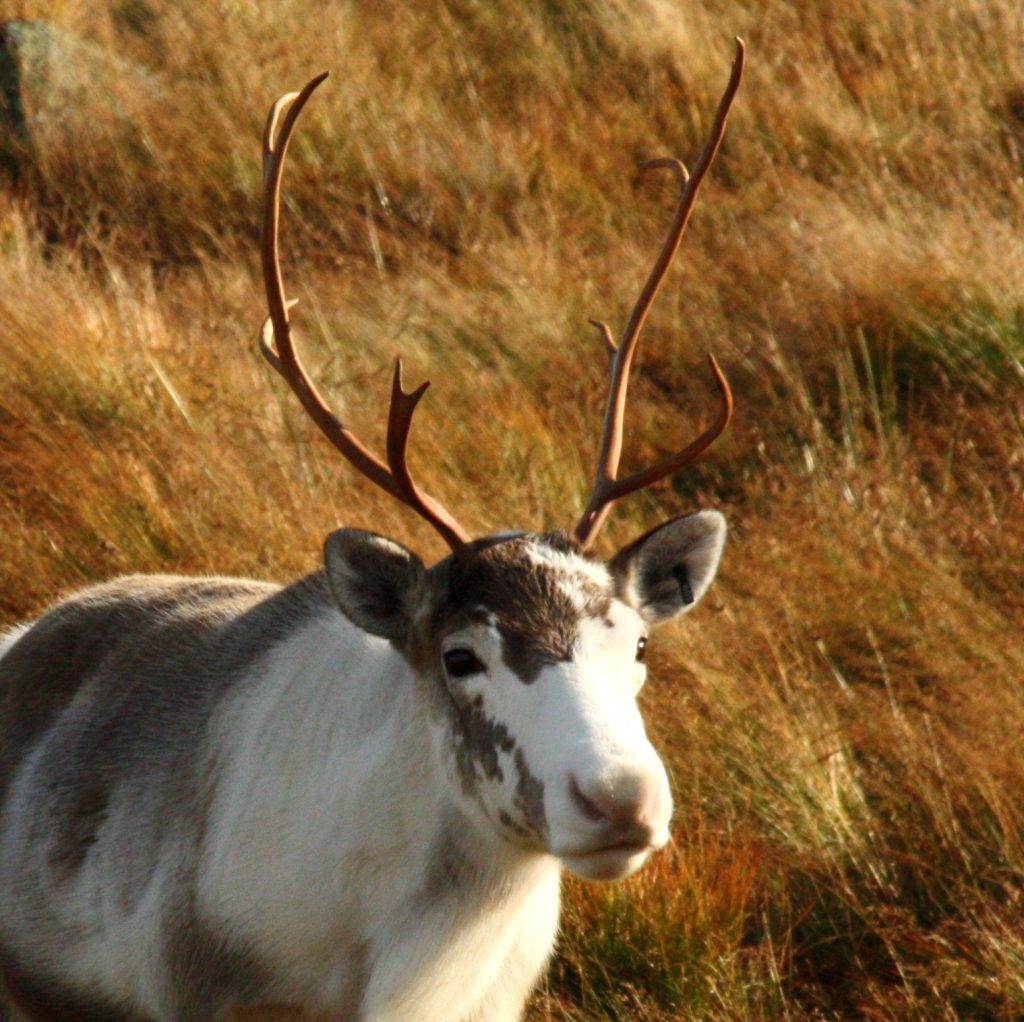
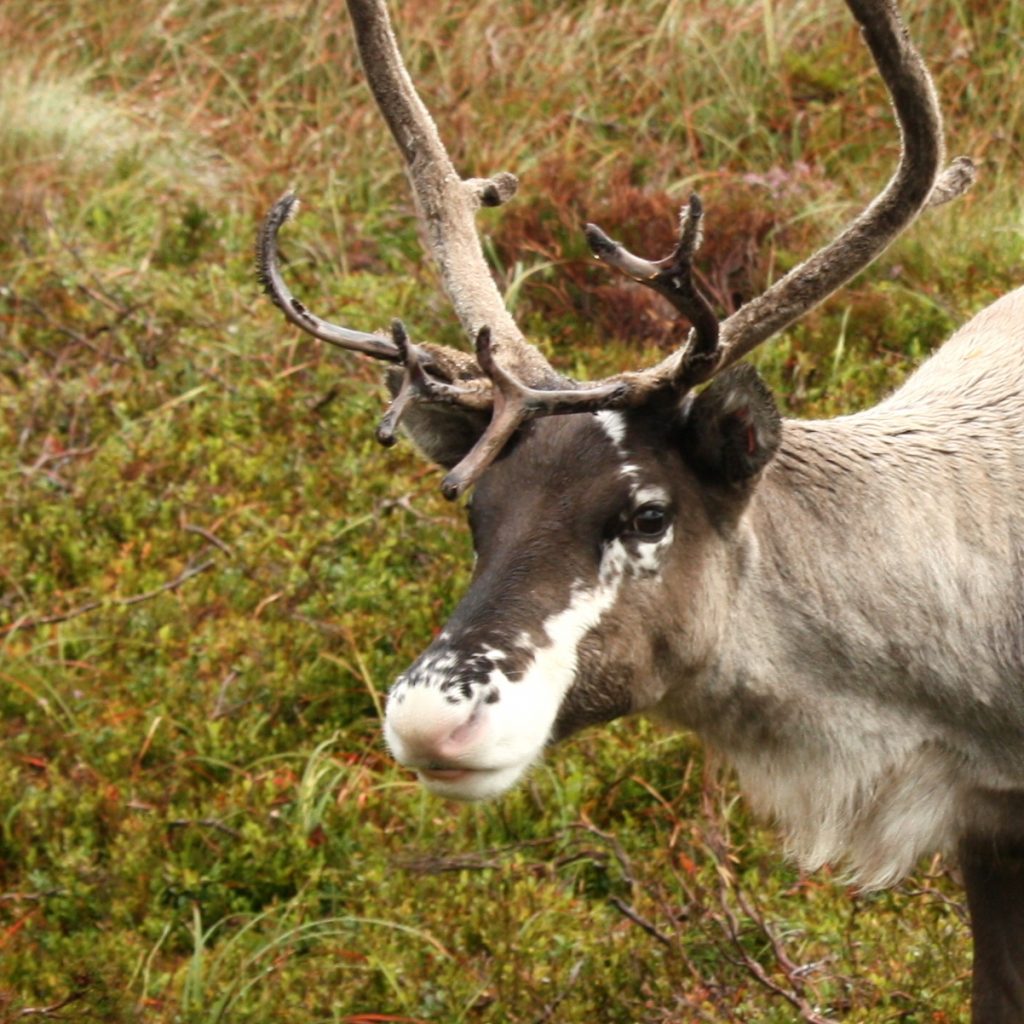

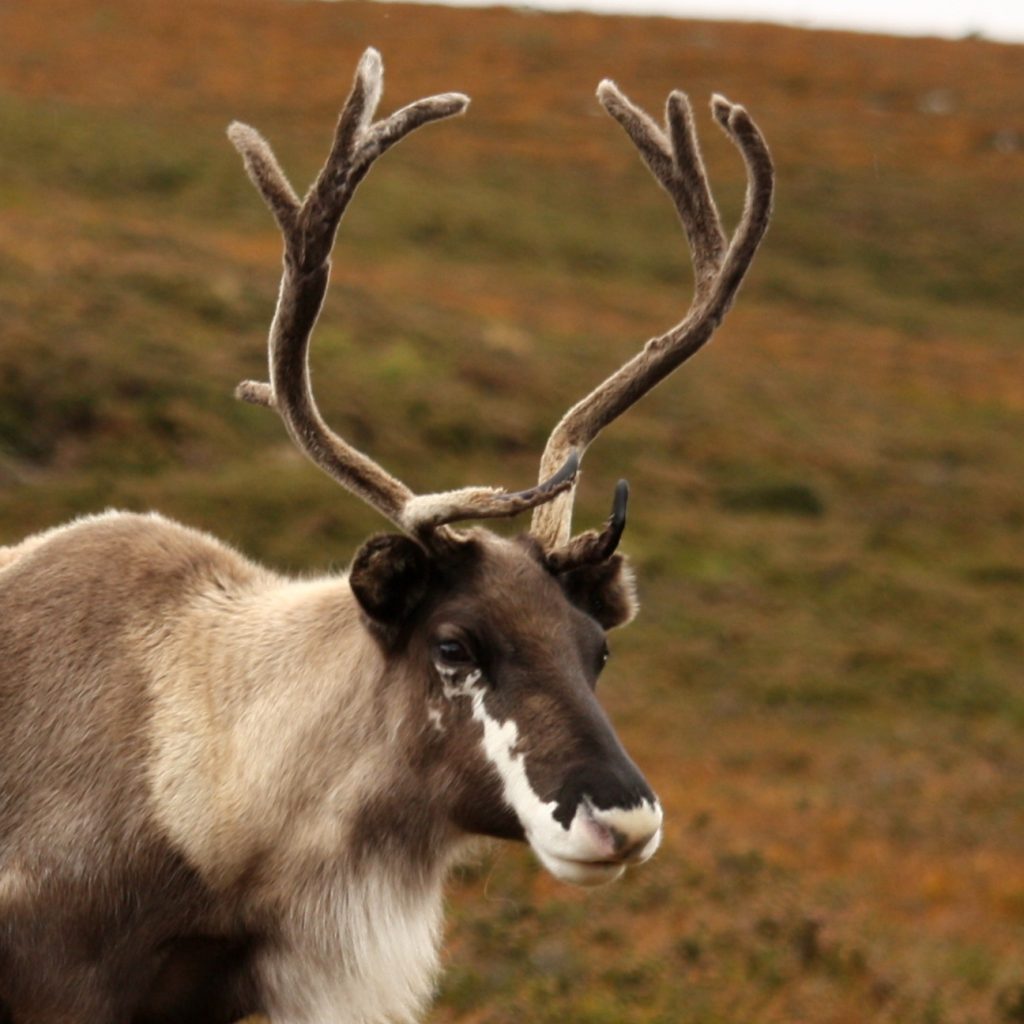
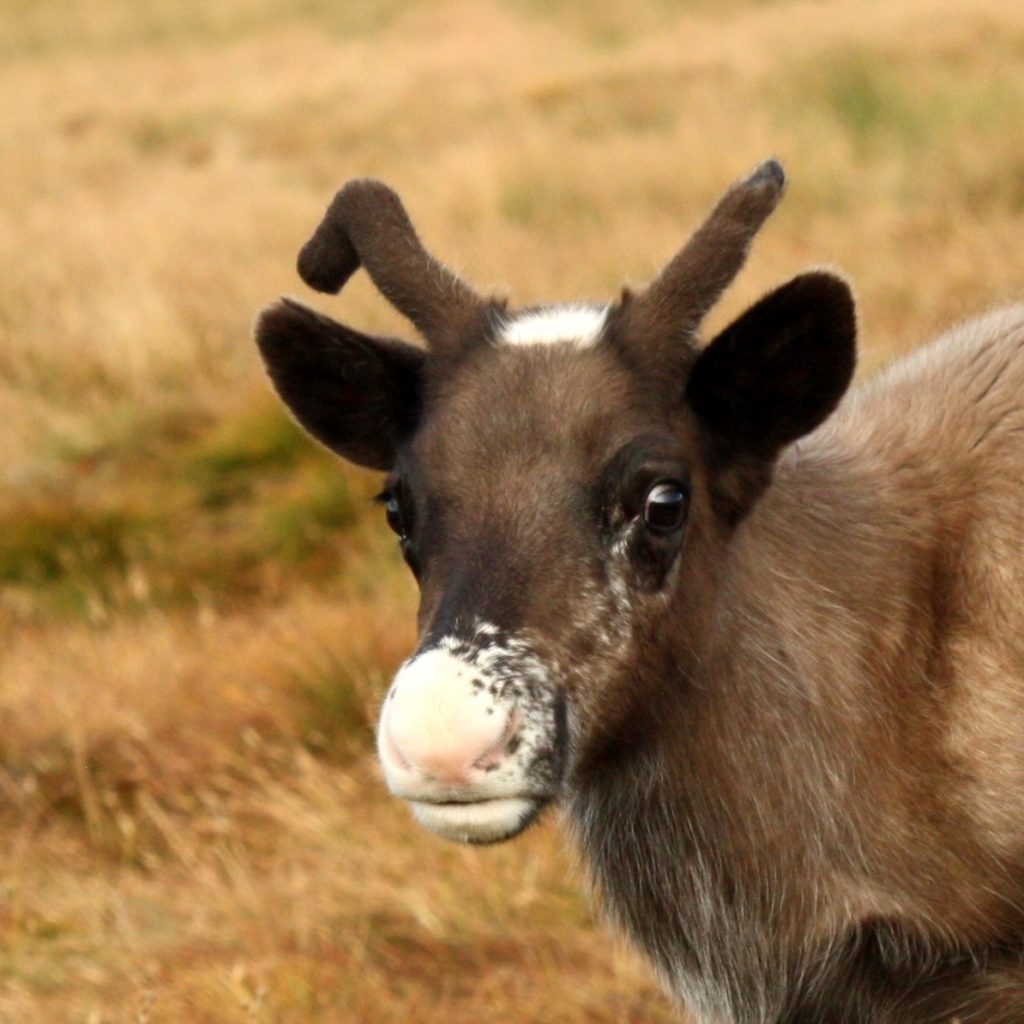
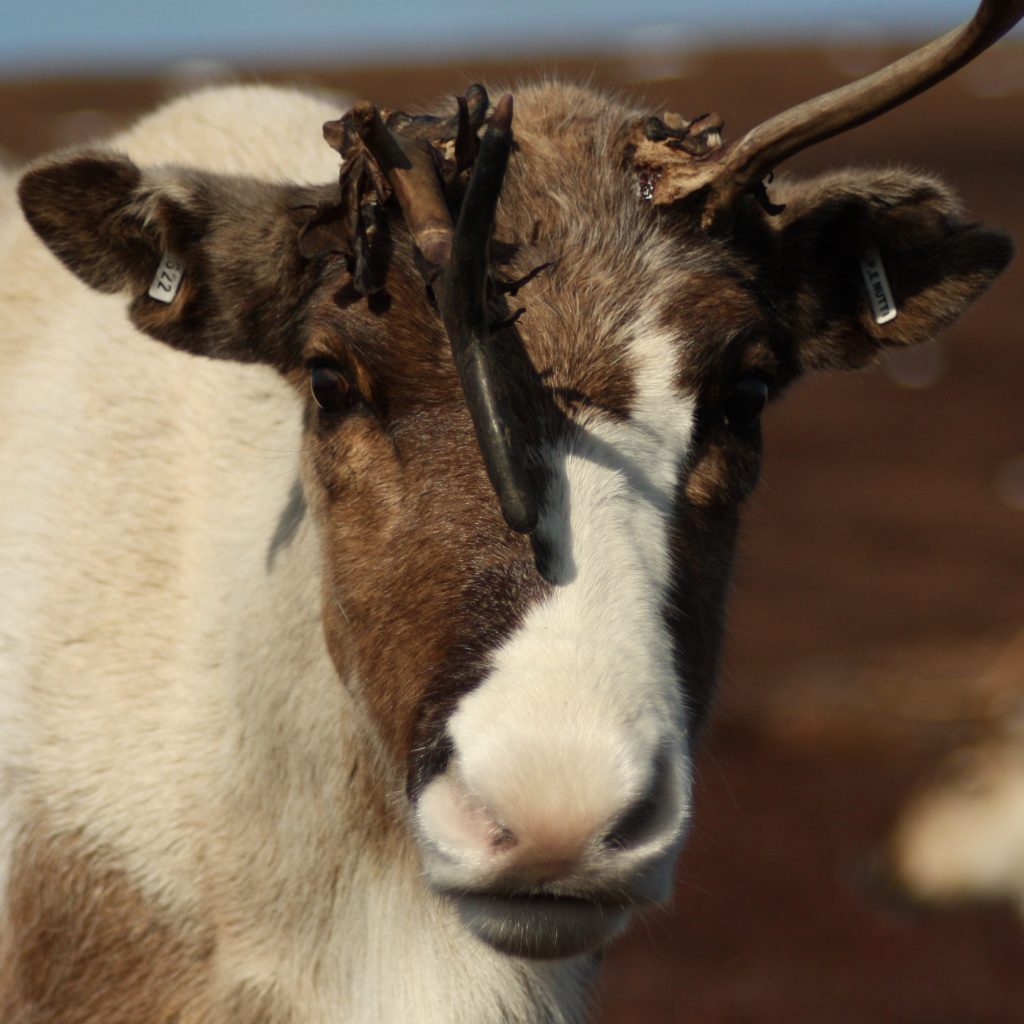
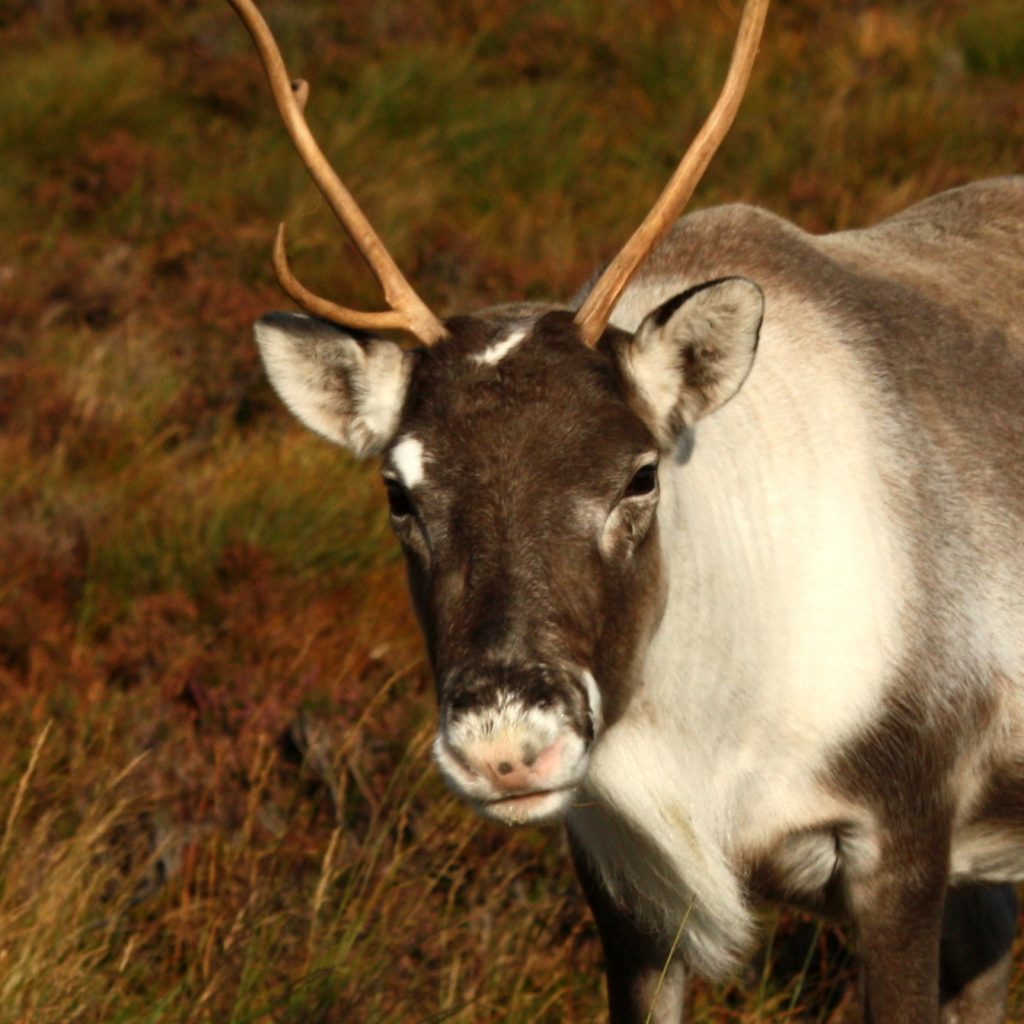
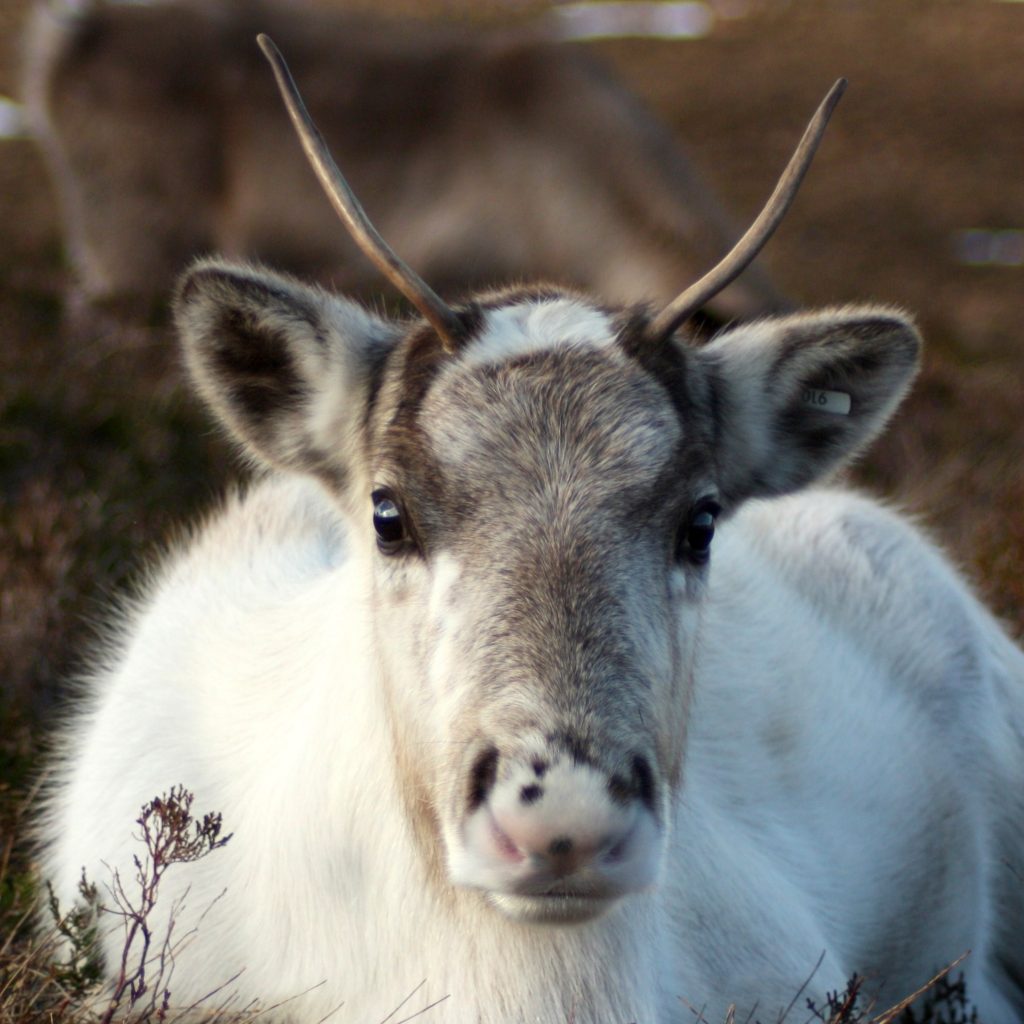
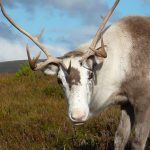
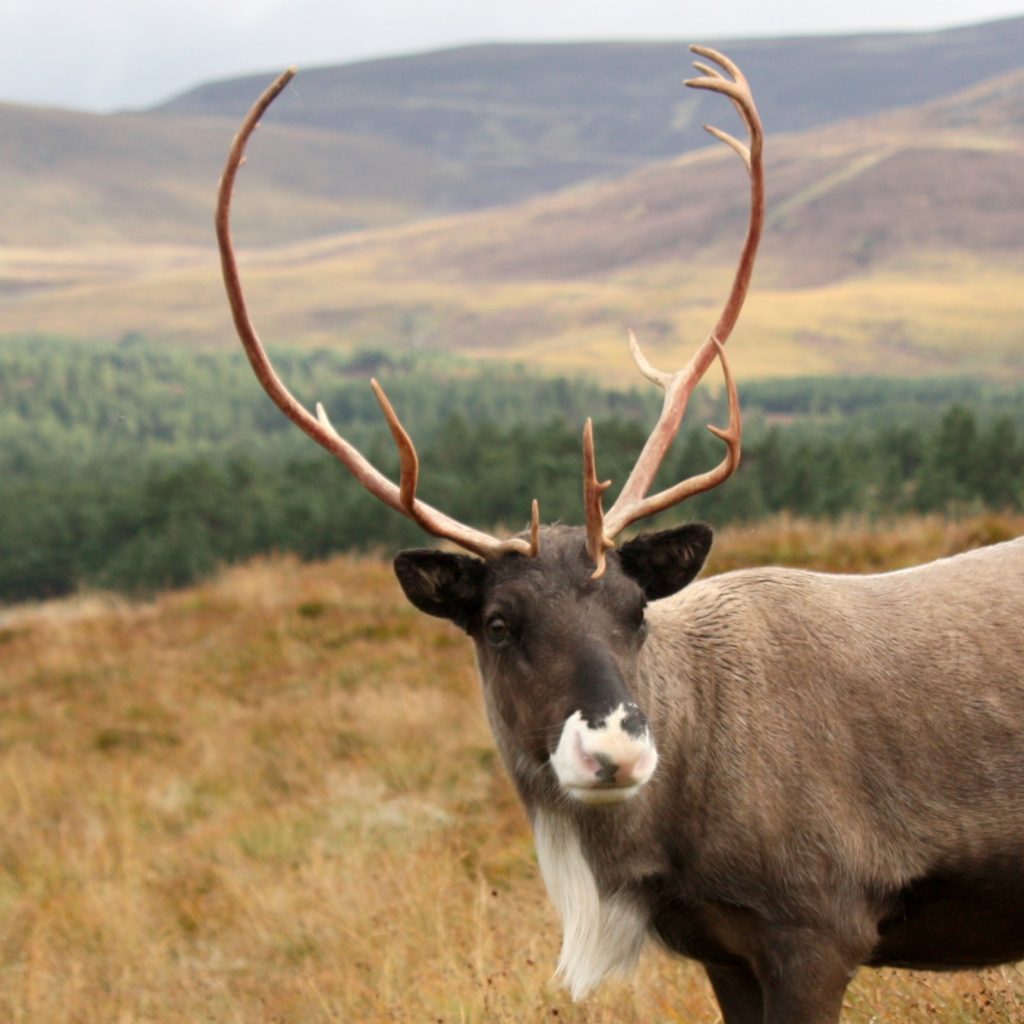
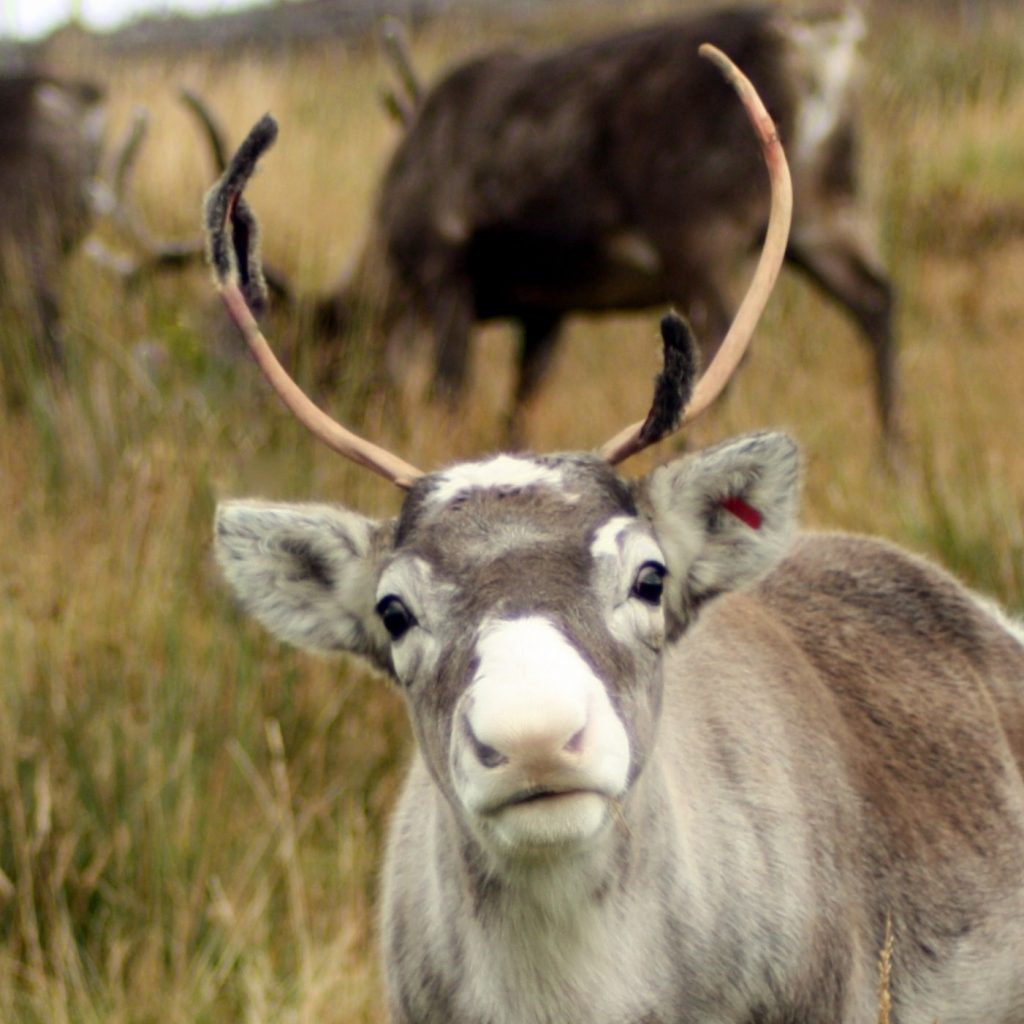
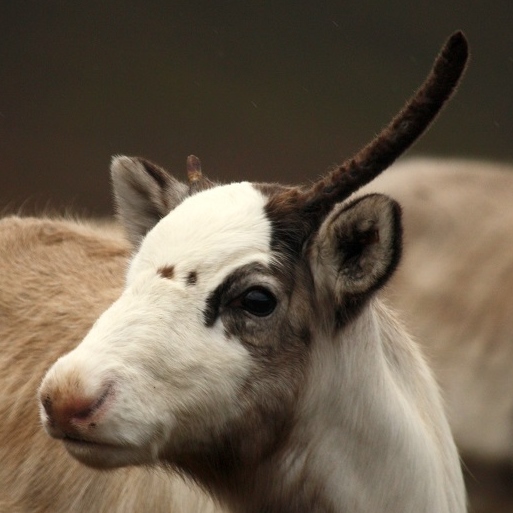
Andi
Back in August we posted a blog with some quiz questions, from the quiz I ran for the staff here at Reindeer House towards the end of the (first!) lockdown, when the restrictions were starting to lift. So here are the long awaited answers! If you had a go then hopefully you have come up with the answers and they are similar to mine!
1: An old term for a stag?
‘Hart’ is an old English term for a Red stag. I grew up in the village of Welwyn, in Hertfordshire and the local Pub was called The White Hart.
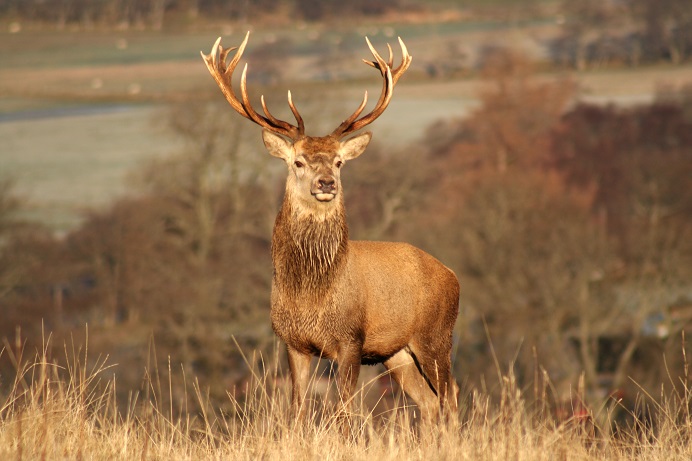
2: Name the three types of Scottish heather, and in which order do they flower?
‘Bell’ heather is first to flower and is a very bright purple, generally growing in distinct patches on dry moorland heath. The ‘crossed leaved heath’ is a close second, much paler purple in colour, it prefers wetter, boggier ground. Then finally the ‘ling’ heather, which clothes the Scottish hillsides with the wonderful purple hue and this year we had one of the best ever flowering of the ling!

3: The Scottish name for a woodlouse?
A ‘slater’. They are very small terrestrial crustaceans, which I often find under stones (so not sure where the name ‘woodlouse’ comes from!). When we named the reindeer calves in 2010 on a Bugs and Beasties theme, one of the male calves was called Slater. Sadly he’s no longer with us but we still have some of them from that year, including Spider, Beastie, Lace and Caterpillar.
4: What are the colour of the following berries?
Bearberry is bright red and has a sharp taste.
Crowberry is black, only grows high on the mountain and provides an important source of autumn and winter food for Ptarmigan.
Cowberry is red like the bearberry – in fact it’s easy to confuse the two. They grow at similar altitudes on the moorland but the cowberry is an upright plant whereas the bearberry is prostrate, growing along the ground often on stony ridges.
Cloudberry when ripe is orange/peach colour and grows in wet mossy areas.
And finally blaeberry is blue/black, called ‘bilberry’ in England and is very tasty.
5: Loch Morlich is a glacial feature, but what type?
A Kettle Hole, which is formed by a ‘plug of glacial ice’, which was been left behind after the ice retreated and gouged out a depression.
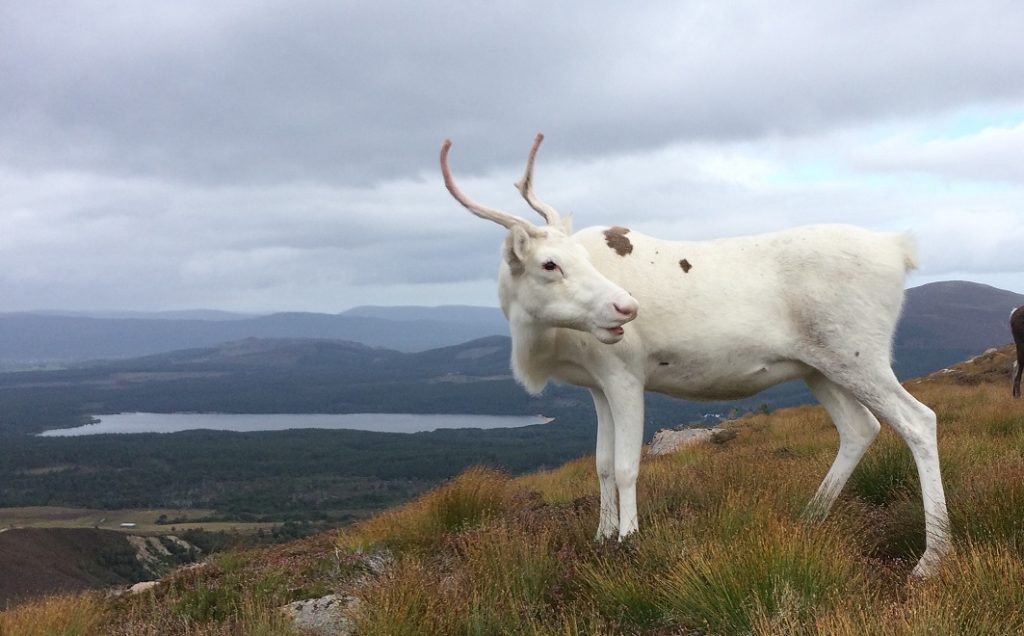
6: Name the mythical creature of Ben Macdui. It has to be exact!
The Big Grey Man of Ben Macdui.
7: In which coire in the Cairngorms does snow linger the longest? indeed some years it doesn’t melt at all.
An Garbh Choire which is between the Braeriach plateau and the Lairig Ghru.
8: Name the two insectivorous plants that grow in boggy ground?
Butterwort and Sundew. They both have ‘sticky leaves’ which attract the small insects (like midges) which then get stuck on the leaf. The plant then ‘digests’ the insects by injecting enzymes into it. Sounds like something out of science fiction!!
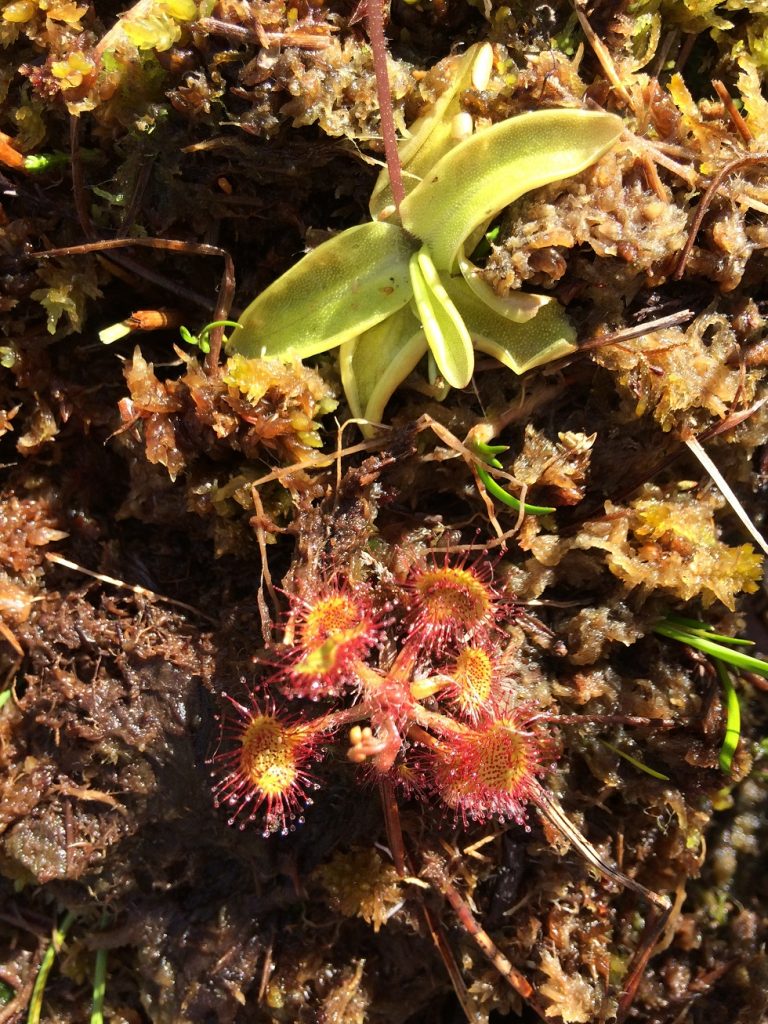
9: Who was the first pure white reindeer to be born in the Cairngorm herd?
Snowflake was born in 1966? and Mr Utsi was very pleased to have a pure white calf in the Cairngorm herd. Many of the reindeer herding people hold white reindeer in high esteem and are regarded as very special. Indeed Mr Utsi always claimed that more white reindeer were born in areas where there was a lot of white rocks and to encourage more white reindeer to be born he painted some of the rocks white!
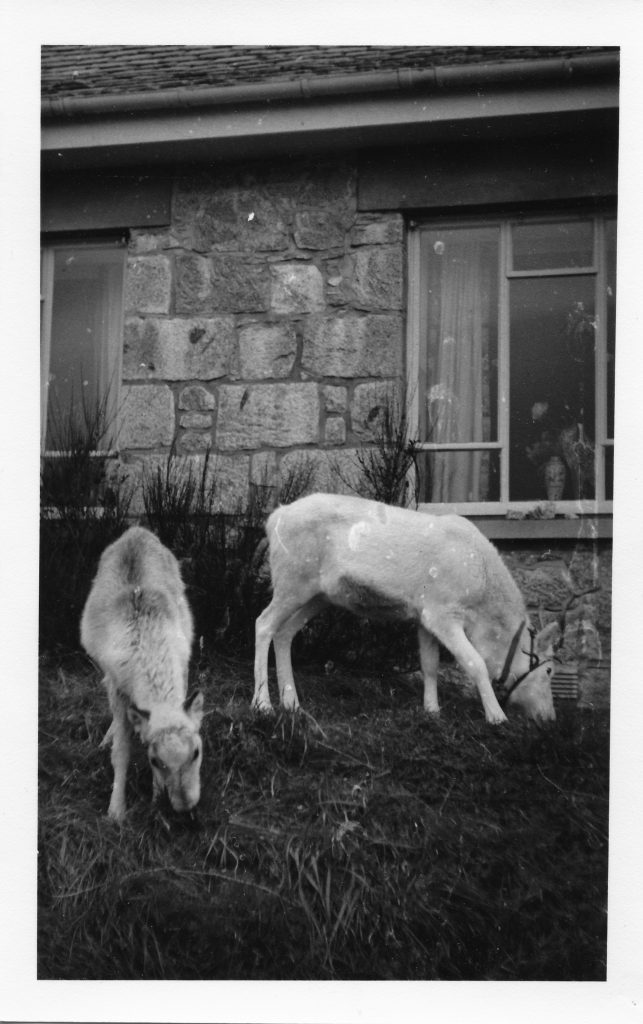
10: What are the full titles and subtitles of the three books I’ve written?
Velvet Antlers Velvet Noses: The Story of a Reindeer Family 1995
The Real Rudolph: A Natural History of Reindeer 2006
Reindeer: An Arctic Life 2016 Available on our website now!
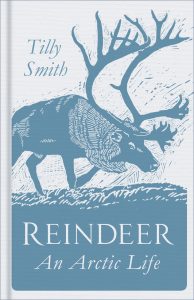
11: In the foreword to ‘The Living Mountain’ by Nan Shepherd she describes reindeer as ‘no longer experimental but ……….’?
Settlers
12: Name 3 countries or islands ( other than Scotland ) where reindeer have been introduced in the past?
Alaska, Canada, Iceland, Greenland, South Georgia. There are other smaller arctic islands off the north coast of Russia.
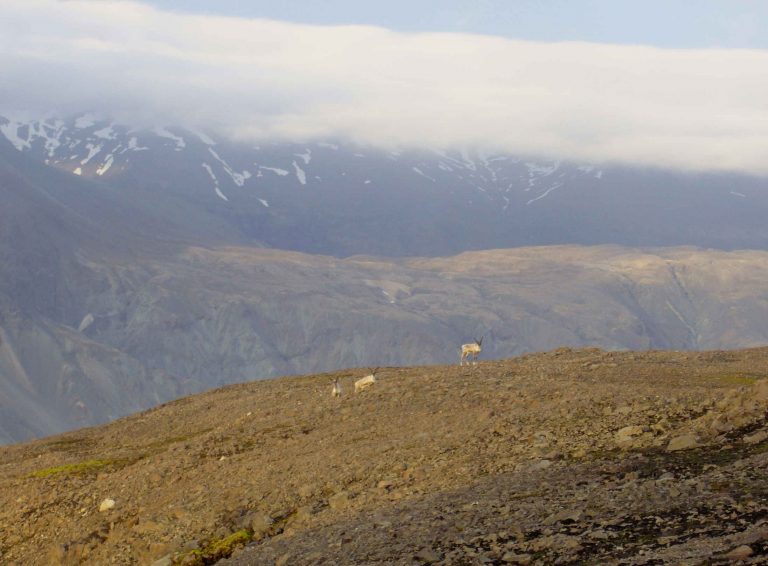
Tilly
A shortened version of this blog has just been published in our twice annual newsletter, but we didn’t have space to fit the whole thing in, so we thought we’d pop it up as a blog too!
Lockdown was a bizarre and scary period for us all. The term ‘unprecedented’, which I’d rarely heard before, has been used by the news and media every day for months now, and with a lot of uncertainty still ahead, I suspect the word may still be commonly used for some time to come.
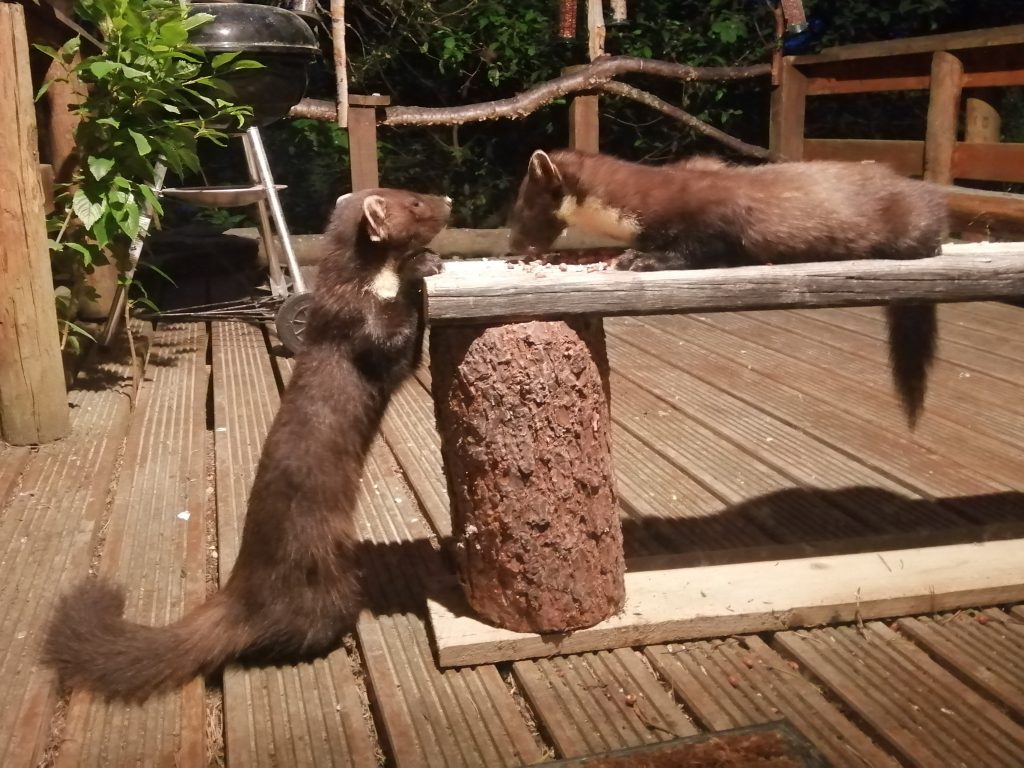
But while we were told to stay at home, protect the NHS and save lives, something quite special was happening in Glenmore and indeed the rest of the country. With the lack of people around, for the first time in a long time, wildlife was once again becoming more visible!
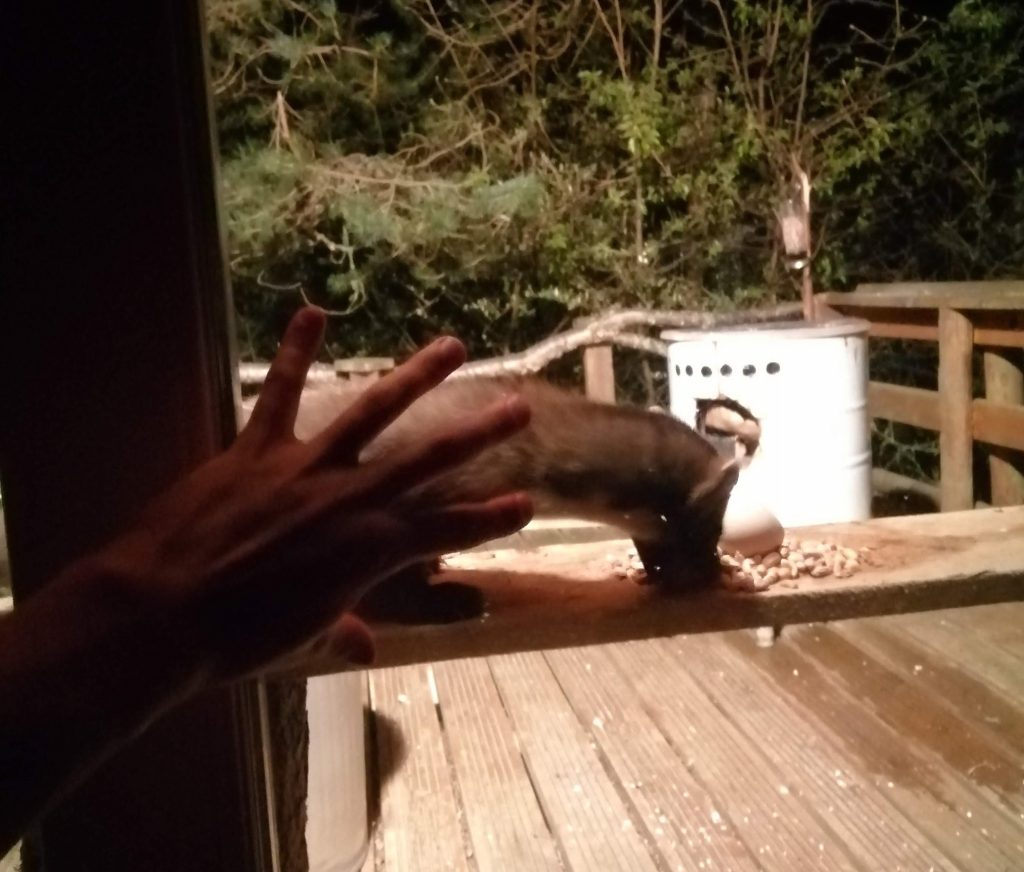
For the reindeer here in the Cairngorms, they suddenly had the mountains to themselves and it was great to see them in areas they wouldn’t usually graze due to the number of people around. I even found a Ptarmigan nest with eggs right next to a (normally busy) path one day along with countless raptors seen higher up in the hills, but what I really enjoyed most was the change in wildlife close to home near Reindeer House. We had a visiting roe deer with two fawns outside the house on a couple of occasions; I would regularly see Black Grouse all over the glen along with an osprey fishing over Loch Morlich; and an abundance of other birdlife and the usual red squirrels. However, the animal I have most enjoyed has been the Pine Marten. For those who don’t know, a Pine Marten is a part of the mustelid family, which includes stoats and weasels. They are nocturnal and extremely agile, living mostly in trees and predating on small rodents, birds, eggs, insects and fruit. But what makes them so special is how elusive they are – until this year, I’d only seen a few fleetingly as they ran across the road or a path.
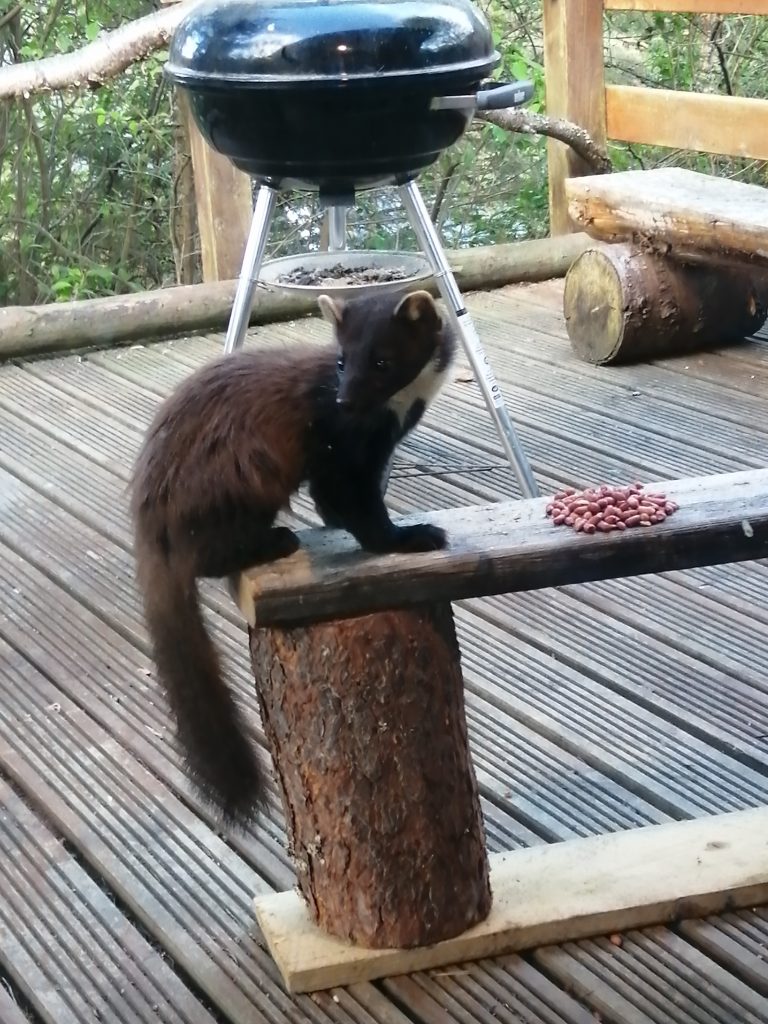
I first discovered they were around at the very start of March – I started to notice my bird food bin (which lives outside my little cabin) kept being knocked over in the night. At first, I thought it was because of all the storms we were having at the time. But on a still night I was woken up by the sound of the bin lid crashing on the ground and to my delight, saw a Pine Marten helping itself to my bag of peanuts. Over the course of a few weeks it became more and more common until by the end of March this became the norm every night. I began to notice that up to 3 or 4 different Pine Marten were coming during the night and my peanut bill was going up!
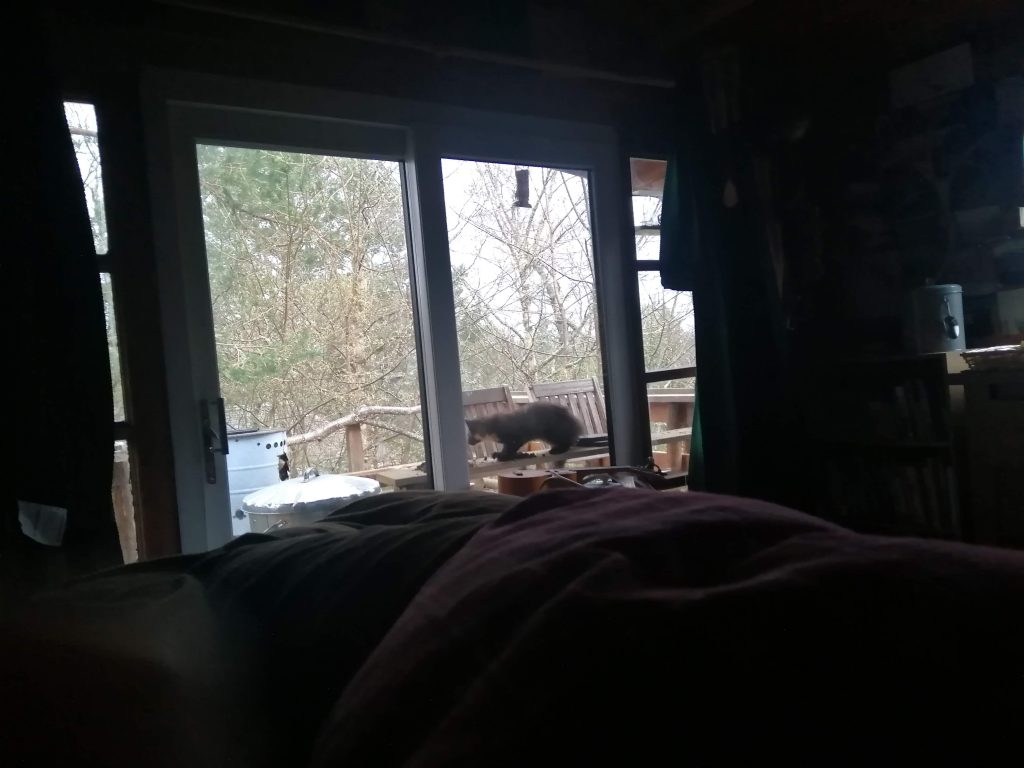
It was great to start being able to identify the different Pine Martens as I got to know them and see them behave in different ways. Some of the younger ones were very shy and timid while the older larger two Martens were very greedy and would stick about for longer. I did not mind being woken up most nights when they came as they were a great source of entertainment.
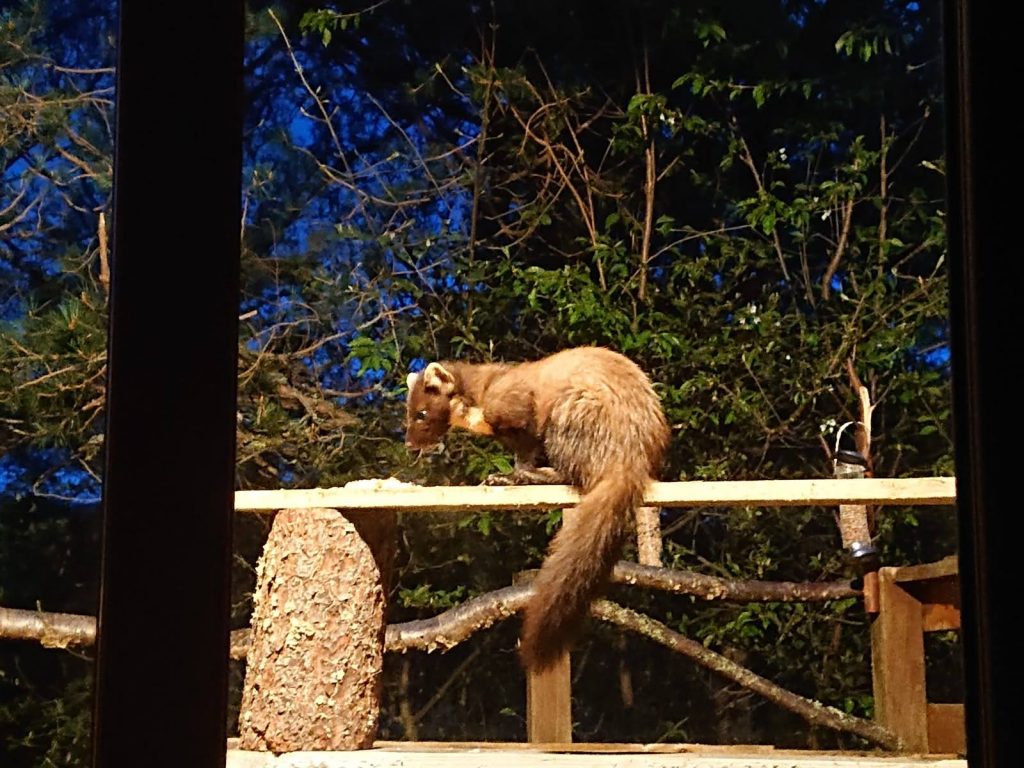
Unfortunately for me, since the middle of summer there has been less Pine Marten action from my cabin due to the abundance of food that they could predate on in the glen. I know that come late autumn they will be back in full force and, fingers crossed, with kits! I’m hoping that from now these furry charismatic creatures will be here to stay at Reindeer House for as long as I am. I feel very lucky and look forward getting to know them even more.
Joe